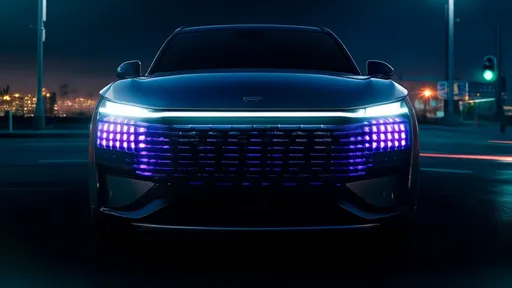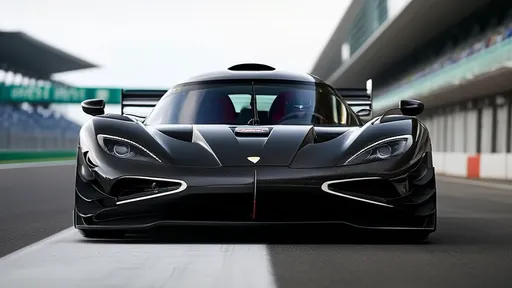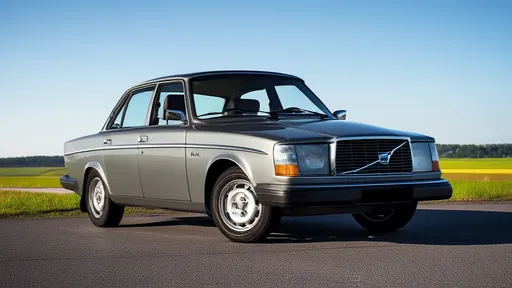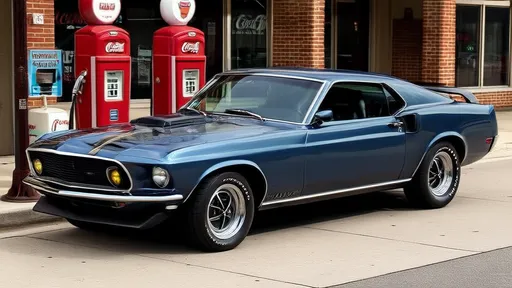The rise of digital car keys powered by Ultra-Wideband (UWB) technology has revolutionized vehicle access, offering unparalleled convenience and precision. Unlike traditional key fobs or Bluetooth-based systems, UWB enables centimeter-level accuracy in locating and authenticating users, allowing for seamless hands-free entry and ignition. However, as automakers increasingly adopt this cutting-edge technology, security researchers have begun uncovering alarming vulnerabilities that could expose vehicles to sophisticated relay attacks and unauthorized access.
The Illusion of Unbreakable Security
When UWB digital keys first emerged, manufacturers touted them as virtually unhackable due to their precise time-of-flight measurements that theoretically prevent signal relay attacks. The technology works by measuring the exact time it takes for radio waves to travel between the car and the key, making it difficult for attackers to intercept and retransmit signals without introducing detectable delays. Yet recent demonstrations by cybersecurity experts have shattered this illusion, revealing that determined attackers can exploit subtle weaknesses in implementation.
One critical vulnerability stems from the way many systems handle emergency scenarios. To ensure drivers aren't locked out during technical failures, most UWB key systems maintain fallback authentication methods - typically lower-security Bluetooth or NFC protocols. Hackers have successfully exploited this redundancy by deliberately jamming UWB signals to force the system to revert to less secure alternatives, effectively bypassing UWB's advanced protections.
The Silent Relay Attack Breakthrough
Perhaps most concerning is the development of "zero-delay" relay attacks that can circumvent UWB's distance measurement protections. Researchers have created sophisticated hardware setups that can relay UWB signals with near-instantaneous transmission, fooling the system's time-of-flight calculations. These attacks don't require compromising cryptographic keys or breaking encryption - they simply trick the car into believing the authenticated key is physically present when it might actually be hundreds of meters away.
These relay devices have become increasingly compact and portable, with some recent prototypes fitting into ordinary-looking backpacks. Attackers can position one unit near an unsuspecting victim's digital key (such as in a crowded restaurant) while an accomplice near the target vehicle carries the paired relay unit. The technology has reached a point where these attacks can be executed quickly and discreetly, often before owners realize their vehicle is being compromised.
Manufacturer Responses and Ongoing Challenges
Automakers have responded to these discoveries with various countermeasures, including improved signal encryption, more rigorous distance bounding protocols, and machine learning algorithms designed to detect anomalous signal patterns. Some manufacturers have implemented additional motion sensors that require the key to exhibit natural human movement patterns before granting access. However, security experts note that these solutions often add complexity without completely eliminating the fundamental vulnerabilities.
The standardization of UWB implementations across the automotive industry presents another challenge. While organizations like the Car Connectivity Consortium work to establish security guidelines, the rapid pace of technological advancement means specifications struggle to keep up with newly discovered attack vectors. This creates inconsistencies in security postures across different vehicle brands and models, with some implementations proving significantly more vulnerable than others.
The Human Factor in Digital Key Security
Beyond technical vulnerabilities, user behavior remains a critical weak point in UWB key security. Many vehicle owners, impressed by the technology's advanced features, develop a false sense of security and become less vigilant about basic precautions. Common risky behaviors include leaving digital keys unattended in vulnerable locations, failing to use available security features like geofencing or usage limits, and neglecting to promptly report lost or compromised devices.
Furthermore, the convenience of smartphone-based digital keys introduces additional attack surfaces. Compromising the smartphone through malware or social engineering can provide attackers with indirect access to vehicle credentials. Security experts emphasize that no matter how secure the UWB protocol becomes, the system's overall security will always be limited by the weakest link in the chain - which often involves human factors or ancillary technologies.
Future Directions and Protective Measures
As the automotive industry works to strengthen UWB key systems, several promising directions have emerged. Some manufacturers are experimenting with multi-factor authentication that combines UWB with other biometric or behavioral verification methods. Others are developing more sophisticated anomaly detection systems that monitor for subtle inconsistencies in signal propagation and device behavior. There's also growing interest in implementing blockchain-based logging systems to create immutable records of access attempts.
For current vehicle owners, security experts recommend several protective measures: enabling all available security features in digital key apps, using physical key cards as backups rather than less secure smartphone fallbacks, being cautious about where digital keys are stored (especially avoiding leaving phones or wearables near windows or doors), and regularly checking for software updates that address known vulnerabilities. Perhaps most importantly, users should maintain awareness that no digital system is completely immune to determined attackers.
The evolution of UWB digital keys represents a classic case of security cat-and-mouse - as the technology becomes more sophisticated, so do the methods to exploit it. While UWB remains one of the most secure vehicle access technologies available today, its vulnerabilities serve as a reminder that in the realm of digital security, constant vigilance and adaptive defenses are essential. The automotive industry's ability to address these challenges will determine whether UWB keys remain a convenience or become a liability in the years to come.

By /Jun 15, 2025

By /Jun 15, 2025

By /Jun 15, 2025

By /Jun 15, 2025

By /Jun 15, 2025

By /Jun 15, 2025

By /Jun 15, 2025

By /Jun 15, 2025

By /Jun 15, 2025

By /Jun 15, 2025

By /Jun 14, 2025

By /Jun 14, 2025

By /Jun 14, 2025

By /Jun 14, 2025

By /Jun 14, 2025

By /Jun 14, 2025

By /Jun 14, 2025